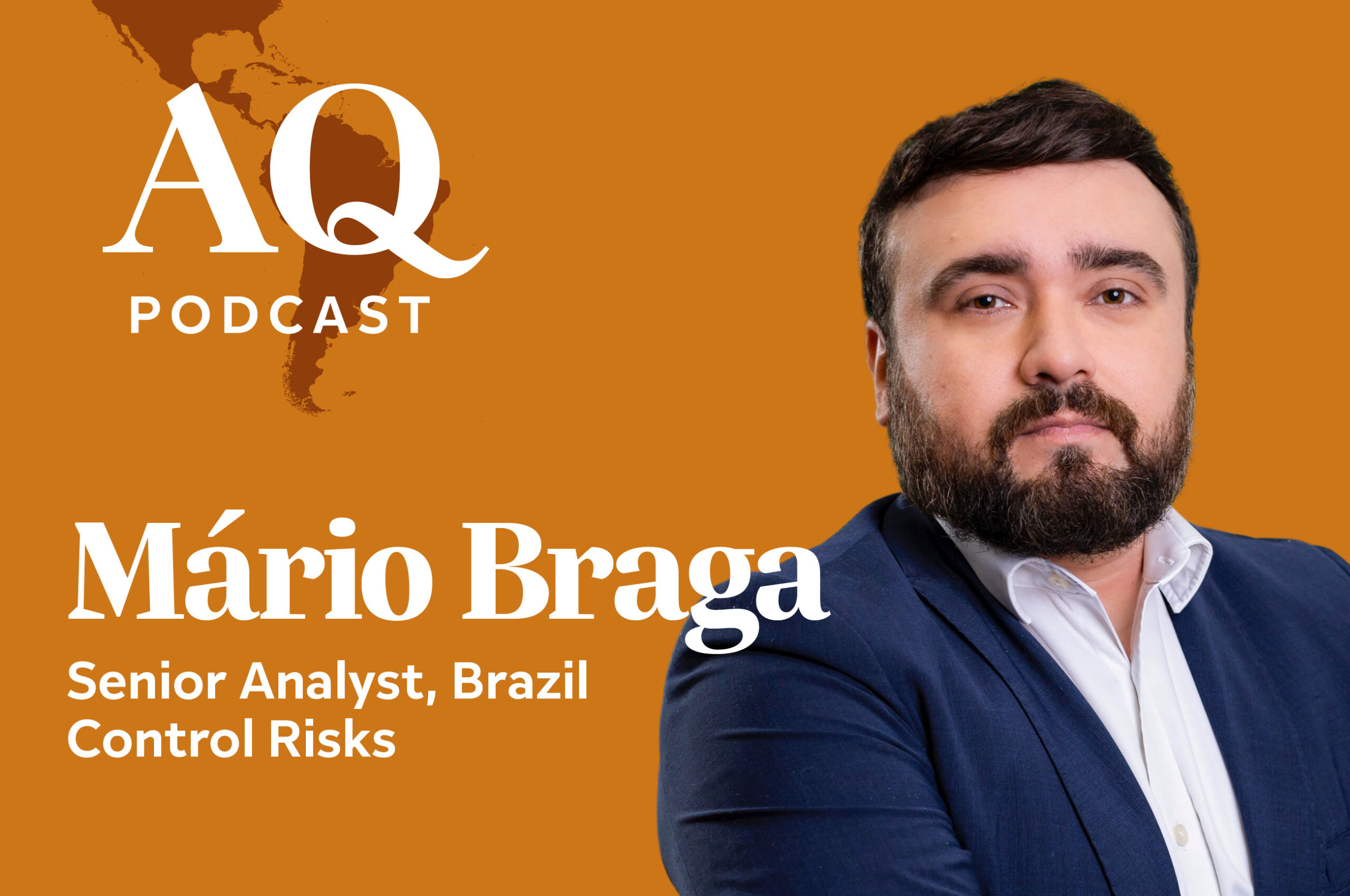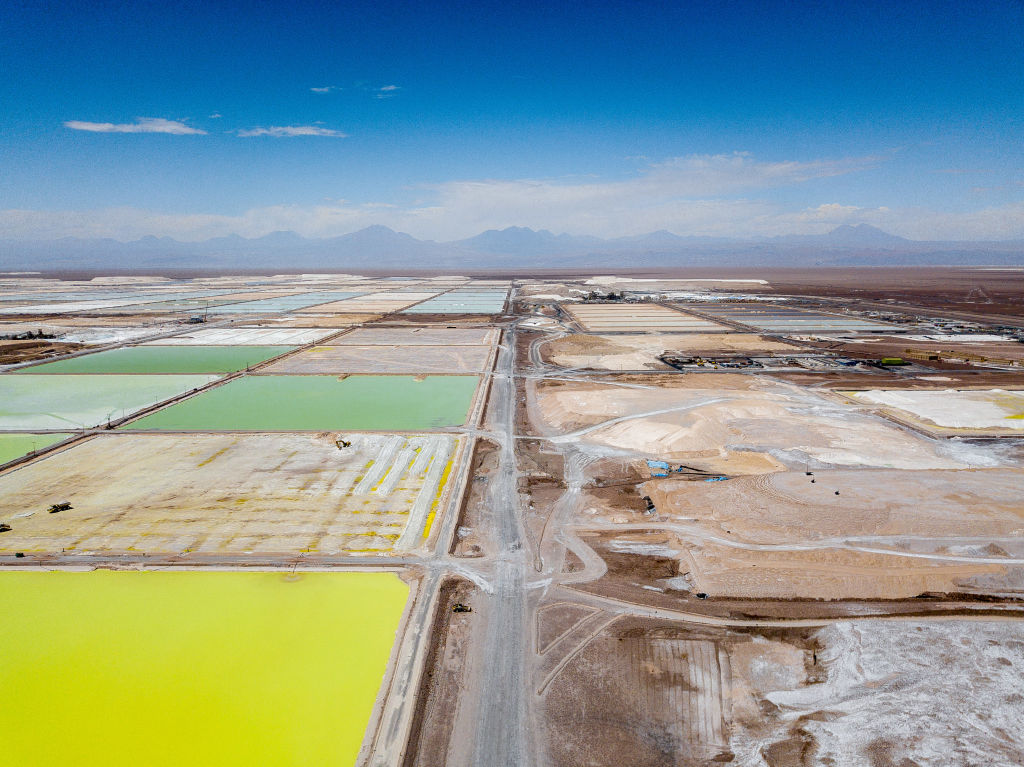Strategic Infrastructure in Latin America
Strategic Infrastructure in Latin America
A September 5 AS/COA Miami infrastructure panel offered an opportunity to evaluate the gap in strategic infrastructure in Latin America relative to other regions, as well as to analyze the financial structures for infrastructure investment. Read the summary.
Speakers:
- Nancy E. Anderson, Senior Director, Miami, Americas Society/Council of the Americas (moderator)
- Oscar de la Fuente, Vice President of Operations, Latin America, UPS Supply Chain Solutions
- Oliver Langel, Executive Director, Capital Markets Latin America Group, WestLB AG
- Roberto Vellutini, Manager of Infrastructure and Environment, Inter-American Development Bank (IDB)
Summary
On September 5, 2008, the Americas Society and the Council of the Americas held a panel discussion focusing on infrastructure and development in Latin America. The discussion provided an opportunity to evaluate the gap in strategic infrastructure in Latin America relative to other regions, as well as to analyze the financial structures for infrastructure investment. Speakers also reviewed the outlook for projects funded through the public sector as well as through public-private partnerships (PPPs).
Latin America Lagging Behind
In opening remarks, AS/COA’s Nancy Anderson addressed the urgency of infrastructure development, not only across Latin America but also in the United States. She called attention to the fact that the area remains underfunded and that existing resources are not always used effectively. UPS’ Oscar de la Fuente pointed to the importance of both physical and technological infrastructure to build the secured networks on which the private sector can function profitably, lamenting the fact that much of the existing infrastructure is “functionally obsolete.” He cited three factors that contribute to inefficiencies for the private sector: lack of storage at the region’s ports, crumbling roads, and stringent bureaucratic structures that unnecessarily hold up international trade.
De la Fuente emphasized the importance of the region’s ports as points of entry for imports, making them major contributors to economic development. He used the example of the Panama Canal expansion, which not only created jobs through its construction, but also positioned Panama as a regional hub where goods can arrive in massive shipments and be repackaged for distribution to smaller ports. Panama’s economy is being revitalized by this project while other sectors, such as tourism, share in the growth generated by the Canal. By contrast, 90 percent of Brazil’s exports enter through the nation’s ports, where companies vie for space to unload their merchandise and resulting delays translate into private sector losses.
The same kind of comparison can be made for roads and airports across the region; infrastructure proves crucial for sustainable economic development in the region. All the speakers stressed the need not only for infrastructure development but also for the maintenance of existing infrastructure, which is being taxed daily. Much of the funding being poured into infrastructure in the region is indeed being put toward maintenance projects, but securing ongoing investment faces many obstacles as well.
Barriers to Investment
The IDB’s Roberto Vellutini commented that, although Latin America may be behind the curve in infrastructure investment, this is not because nothing is being done and the region does not sit on the verge of collapse. He named three major causes of reduced investment in the region: fiscal constraints in the public sector, financial constraints in the private sector, and low institutional capacity to get projects off paper and into reality.
Despite the recent buzz relating to PPPs, Vellutini stressed that governments continue to coordinate a majority of projects, making involvement of the private sector a political decision. In Bolivia, the water sector remains closed to private investment while the telecom sector is more open. Vellutini called for more openness on the part of governments to accept private investment, given that this investment is crucial while their own budgets are often strained. WestLB’s Oliver Langel echoed this point and took it a step further: governments, he said, need to warm up to the idea of foreign private investment if the funds are lacking in the home country.
Discussion around institutional capacity in the region focused on the difficulty of undertaking a project proposal without an adequate number of local engineers and economists. The speakers pointed to the case of drilling for oil off the coast of Brazil, for example, citing a shortage of experienced engineers who can physically drill for this oil, which promises to deliver so much to the prosperity of the country.
Investment Outlook
Langel also focused on the fact that investors ultimately look to recover their money and pointed out that even if some projects, such as toll roads, are generating profits in the local currency, investors must be able to recover an investment that was made in dollars. This leads to another obstacle to private financing, which is that foreign exchange markets in the region are such that you cannot hedge past three to seven years in these currencies, and the amount of time to pay out is short.
The IDB plays an important role as a trusted multilateral partner in projects throughout the region and both Vellutini and Langel called for reform for a stable regulatory environment in order to encourage adequate investment. Vellutini also offered some good news for private investment in infrastructure across the region: The political risk profile is decreasing on the whole, meaning the region is becoming more reliable for investment.







